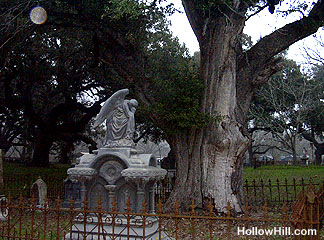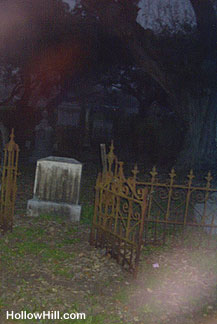If you like “wild west” ghosts, here are the places to investigate in Texas Hill Country. It’s the home of many people who love wide-open spaces, rolling hills, and the dry climate. It’s a gorgeous place to visit or to put down roots.
It’s also very haunted.
The following three sites are from an article, 10 Most Haunted Places in the Texas Hill Country. (The full top-10 list is linked at the foot of this article.)
That article got my attention because it’s a very good list. Some of those same haunted sites appeared in my early book, The Ghosts of Austin, Texas.
I was at the Driskill Hotel (in Austin) is among the top three on the list. I was at that hotel when they were working on the “suicide” room, to reopen it. Its atmosphere was definitely eerie, and the hotel was reluctant to tell me why the room had been sealed up for so many years… with good reason.
The Driskill has many more ghosts than what’s in this article – I talk about them in my book – and that hotel remains one of my favorite haunts to visit when I’m visiting Texas’ spectacular hill country.
If you’ve encountered ghosts in that part of Texas, I hope you’ll share your stories in comments at this article.
3. Dead Man’s Hole, Burnet Co.

Discovered in 1821 by a roving entomologist, Dead Man’s Hole is a gaping Texas hell-mouth that drops some 15-stories into the ground. During the Civil War, Union sympathizers, including Judge John R. Scott, were killed by proud Confederates and dumped down the Dead Man’s Hole. Multiple bodies were retrieved during the 1860’s, but the deaths did not stop during the Civil War. Most recently, one ghost hunter reportedly heard the voice of a young girl pleading, “No Daddy, I just want to go to Dairy Queen.” It is believed that Dead Man’s Hole has claimed as many as 35 bodies.
2. Driskill Hotel – Travis Co.

The Driskill Hotel opened its doors in 1886. It has been the site of paranormal activity ever since the passing of its wealthy owner, Jesse Lincoln Driskill. His spirit is believed to haunt the hotel. Legends also have it that in Room 525, two honeymoon brides committed suicide in the bathtub–exactly 20 years apart to the day. Once blocked off to the public, the room was reopened in the 1990’s. Since then, inexplicable leaks and faulty lighting have continued to disrupt guests in this room. Multiple guests have also spotted the spirit of Samantha Houston, the child daughter of a Texas Senator. Samantha died tragically at the Driskill in 1887. She was chasing a ball down the stairs when she fell down the grand staircase and broke her neck. Her giggles can be heard throughout the hotel to this day.
1. The Devil’s Backbone, Comal & Hays Cos.

The Devil’s Backbone is a limestone ridge that stands tall from Wimberly to Blanco. Ranchers have been known to hear galloping horses running along the ridge. Several people have claimed to see the ghosts of Confederate soldiers, a wounded Native American, and even the White Lady running back and forth across country roads. Once, a four year old boy visiting the area was found speaking often to an “imaginary friend”. When asked about the friend, the boy said she was a little girl with a hole in her head. When his parents asked why she had a hole in her head, he said, “Her daddy put the hole in her head to save her.” The parents were later told by local historians that families of settlers from the region often committed suicide, and even killed their families, rather than being captured by Native American raiders.
Source

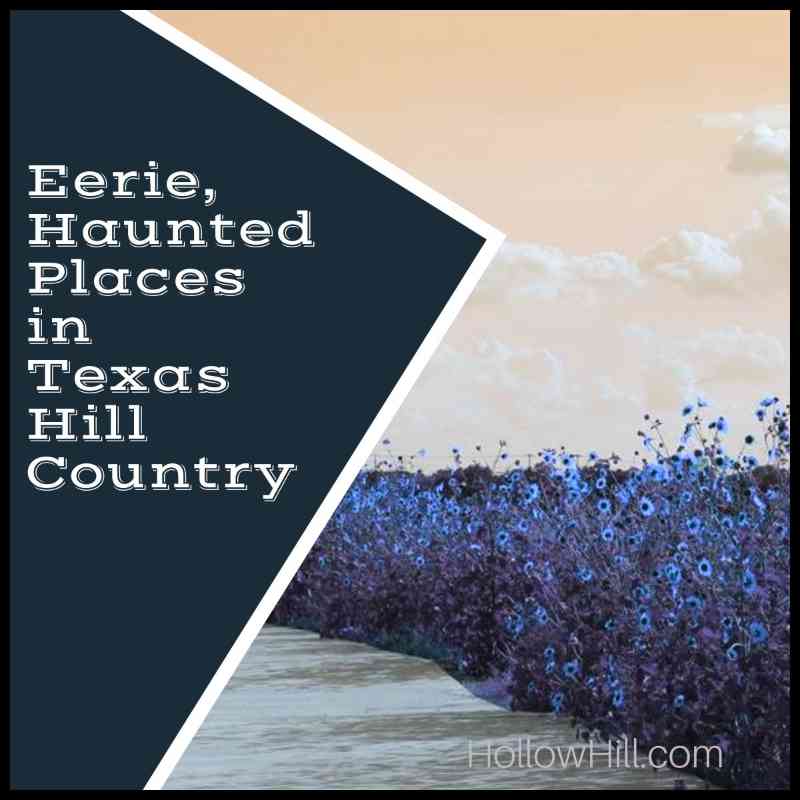
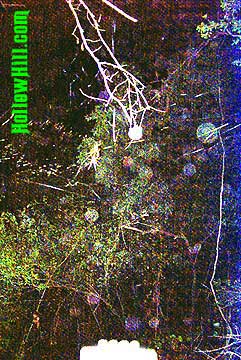
 O. Henry, the famous author and former resident of Austin, once wrote, “It is a well-known tradition in Austin and vicinity that there is a buried treasure of great value on the banks of Shoal Creek, about a mile west of the city…”
O. Henry, the famous author and former resident of Austin, once wrote, “It is a well-known tradition in Austin and vicinity that there is a buried treasure of great value on the banks of Shoal Creek, about a mile west of the city…”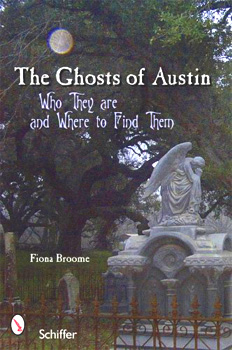
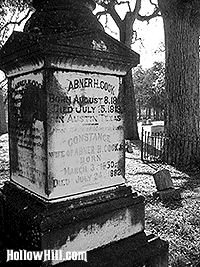
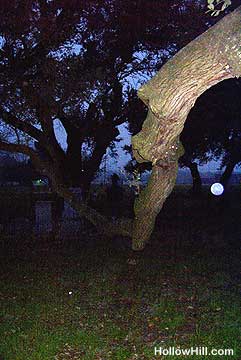 Columbus City Cemetery in Columbus, Texas, is a wonderful, photogenic cemetery about an hour and a half west of Houston, where I-10 meets Highway 71. It’s across from the second largest oak tree in Texas.
Columbus City Cemetery in Columbus, Texas, is a wonderful, photogenic cemetery about an hour and a half west of Houston, where I-10 meets Highway 71. It’s across from the second largest oak tree in Texas.